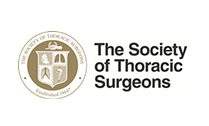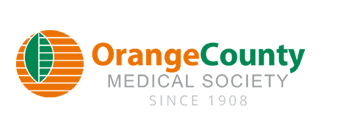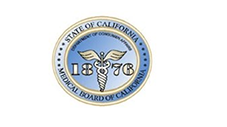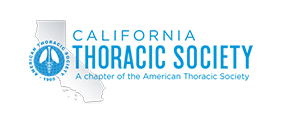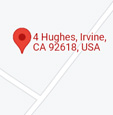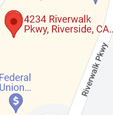Robotic Esophageal Surgery
Abnormalities of the esophagus are often treated by surgery. Esophageal surgery was initially performed by making a lengthy incision in the chest or abdomen. With the introduction of minimally invasive techniques, the esophagus can be approached via much smaller incisions. This significantly reduces complication rates and improves recovery time. However, a limited visual field and problems with instrument manipulation can sometimes compromise surgical results. Robotic esophageal surgery helps overcome these drawbacks and may be used to perform complex esophageal operations such as:
Fundoplication: Wrapping the lower end of the esophagus with part of the stomach to prevent reflux or treat hiatal hernia
Myotomy: Weakening the muscles at the esophageal junction to help with swallowing difficulties.
Esophagectomy: Removing all or part of the esophagus affected by cancer
During robotic esophageal surgery, your surgeon uses the da Vinci® Surgical System, a robotic device that allows access to the esophagus through small incisions on your chest or abdomen. The da Vinci robotic system is among the most effective and least invasive techniques which ensures a faster recovery with minimal pain and reduces the risks associated with traditional open surgery.
The da Vinci surgical system consists of a surgeon's console, a patient-side cart with four interactive robotic arms, a high-performance vision system (3D camera) and miniaturized EndoWrist surgical instruments.
While performing the surgical procedure, your surgeon will be seated at the da Vinci console to view a magnified, high-resolution 3D image of the area to be operated. Miniaturized EndoWrist instruments are then introduced through a few tiny incisions to access the surgical site. These instruments help your surgeon perform the procedure with precision and control. Master controls help translate the surgeon's directions into precise movements of the miniaturized instruments.
FAQs
What is robotic-assisted esophageal surgery?
Robotic-assisted esophageal surgery is a minimally invasive procedure to treat various problems with the esophagus, the tube that connects the throat to the stomach. Your doctor performs that surgery through small incisions with the help of robotic arms that improves accuracy and dexterity.
How is robotic surgery performed?
A few small keyhole incisions are made and a video camera and instruments are passed through these to visualize and access the site of surgery. The instruments are held by precisely-controlled robotic arms which your doctor operates at a console in the operating room. The video camera provides a 3D view and the robotic arms can be maneuvered in various directions so that surgery is performed with a high level of accuracy.
What are the benefits of robotic-assisted esophageal surgery?
The benefits of robotic assisted esophageal surgery include:
- Better visualization
- Better instrument control
- Less pain and bleeding
- Fewer complications
- Faster recovery
Am I a candidate for robotic-assisted esophageal surgery?
Your doctor will take many factors into consideration including the extent of your disease and your overall health to decide whether you are a candidate for this kind of procedure.
What are the risks associated with robotic esophageal surgery?
As with any surgical procedure, the risks associated with robotic esophageal surgery include esophageal injury or perforation, leakage, nerve damage, bleeding and infection.











